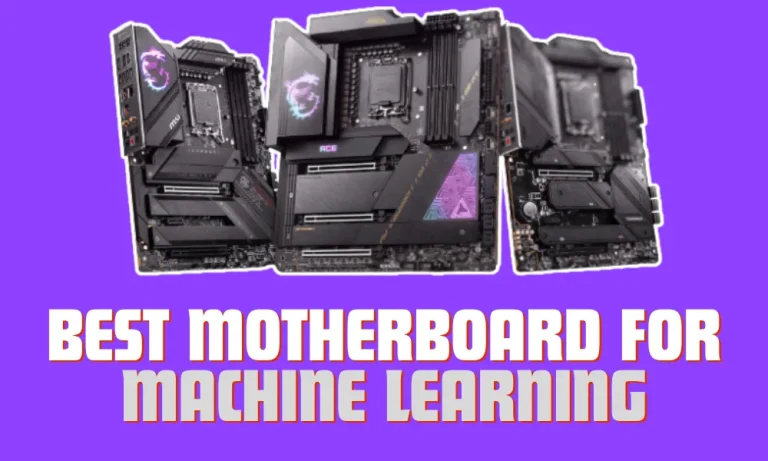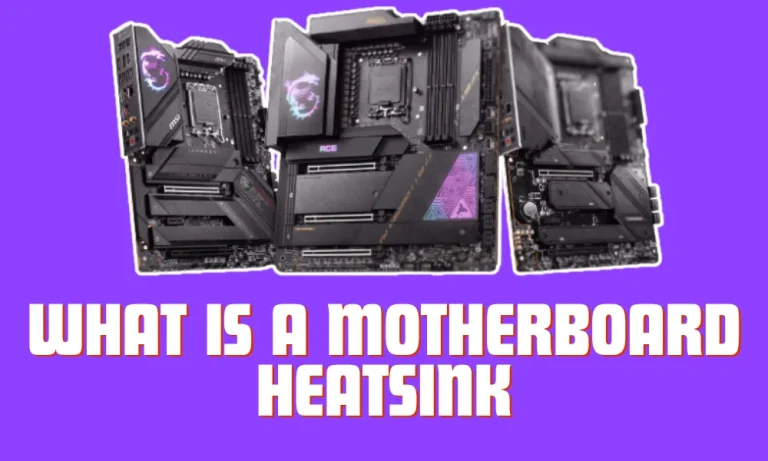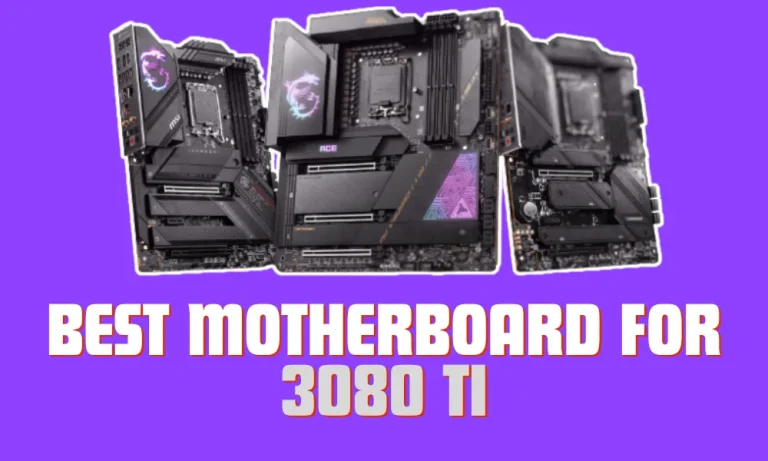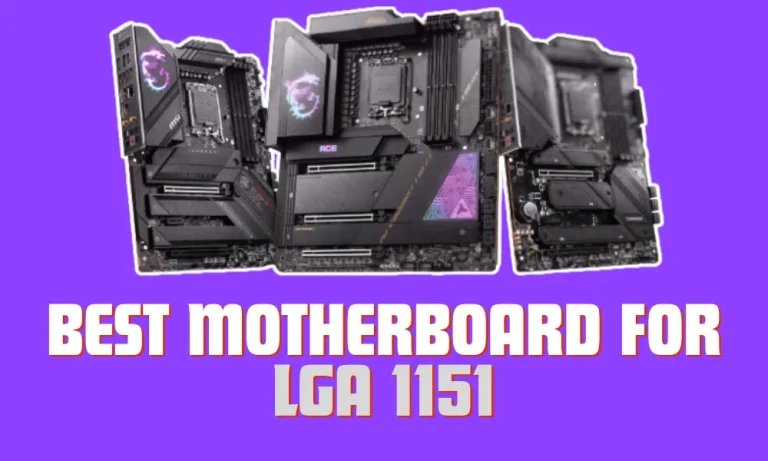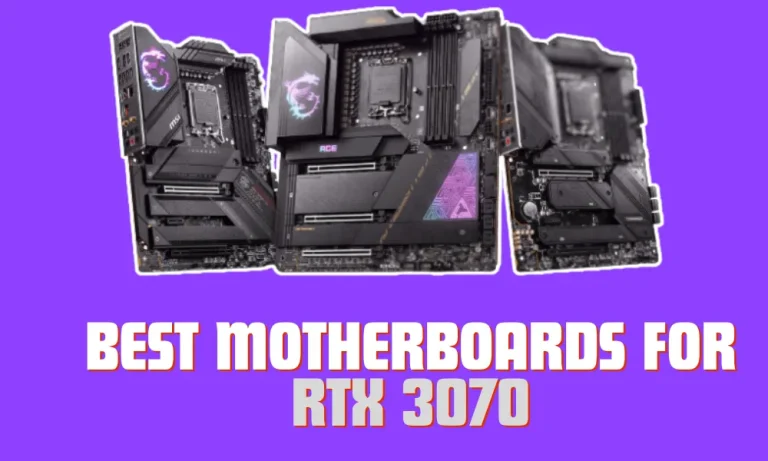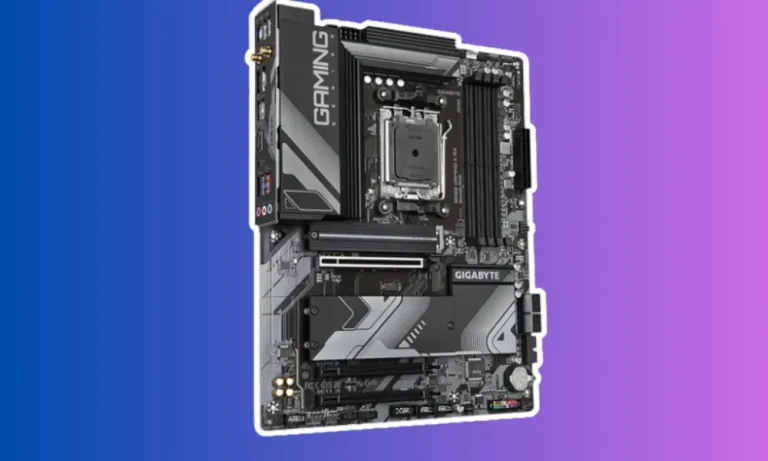How to Remove a Graphics Card Like a Pro?
Are you ready to upgrade your computer’s graphics card? Knowing how to safely remove a graphics card is a crucial skill every tech enthusiast should possess. In this beginner-friendly guide, we’ll walk you through the step-by-step process, ensuring you have the confidence and knowledge to handle this task like a pro!
Preparing for Removal
Before diving into the process of removing your graphics card, it’s essential to make the necessary preparations. Taking these steps will ensure a smooth and safe removal process.
Gathering the Necessary Tools and Materials
To begin, gather the tools and materials you’ll need for the task at hand. Here’s a list of essential items:
- Screwdriver (specific to your computer’s case)
- Antistatic wrist strap or mat
- Cleaning cloth (lint-free)
- Compressed air canister (optional but recommended)
Having these tools within reach will save you time and frustration during the removal process.
Grounding Yourself to Prevent Static Electricity Damage
Static electricity can be your graphics card’s worst enemy, potentially causing irreversible damage. To prevent this, it’s crucial to ground yourself properly. Here’s how:
- First, locate an electrical outlet in the room where you’ll be working.
- Plug the antistatic wrist strap into the outlet using the provided grounding plug.
- Secure the strap around your wrist, ensuring a snug fit.
- Alternatively, if you don’t have an antistatic wrist strap, touch a metal object (e.g., the computer case) periodically to discharge any static electricity buildup.
By taking these precautions, you’ll significantly reduce the risk of damaging your graphics card due to static electricity.
Safely Shutting Down Your Computer
Before removing the graphics card, it’s crucial to shut down your computer properly. Follow these steps:
- Save any unsaved work and close all programs.
- Click on the Start menu, then select “Shut Down” or “Restart.”
- Wait for the computer to completely shut down before proceeding.
Disconnecting Cables and Power
When removing a graphics card, it’s crucial to handle the cables and power connectors with care. This ensures a smooth and damage-free removal process.
Safely Disconnecting All Cables Connected to the Graphics Card
Before removing the graphics card, you need to disconnect all the cables connected to it. Here’s how to do it safely:
- Start by identifying the cables connected to the graphics card. These may include the display cable, power connectors, and any other peripherals.
- Gently grip the connector closest to the graphics card and wiggle it slightly to loosen it.
- Once the connector is loose, firmly hold the base of the connector and gently pull it straight out, away from the graphics card.
- Repeat the process for each cable until all connections are disconnected.
By following these steps, you’ll avoid any unnecessary strain on the cables and minimize the risk of damaging them or the graphics card.
Removing the Power Connectors
Power connectors are essential for the graphics card’s proper functioning. Here’s how to remove them safely:
- Locate the power connectors on the graphics card. They are typically located on the side or top edge.
- Identify the type of power connectors your graphics card uses—common types include 6-pin, 8-pin, or a combination of both.
- To remove the power connectors, gently squeeze the sides of the connector and pull it straight out, away from the graphics card.
- Repeat the process for all power connectors until they are completely disconnected.
Removing the Graphics Card
Now comes the crucial step of removing the graphics card from your computer. Different graphics cards may have varying installation methods, so let’s explore the most common ones and provide you with specific instructions based on each type.
Understanding Different Types of Graphics Card Installation Methods
Graphics cards can be installed using various methods, including:
- PCIe Slot: Many graphics cards are inserted into a PCIe (Peripheral Component Interconnect Express) slot on the motherboard. These slots come in different sizes, such as PCIe x16, PCIe x8, etc.
- Latch Mechanism: Some graphics cards have a latch mechanism that secures them in place. This latch needs to be released before removing the card.
- Screwed: Certain graphics cards are secured to the case using screws. These screws need to be removed to free the graphics card.
Specific Instructions for Each Type of Installation
PCIe Slot Installation:
- Locate the PCIe slot where your graphics card is installed. It’s usually the topmost or the slot closest to the CPU.
- Gently grasp the graphics card by its edges, avoiding touching any components.
- Hold the card horizontally and align its connector with the PCIe slot.
- Insert the graphics card into the slot, applying gentle, even pressure until it is fully seated.
- Make sure the card’s bracket is aligned with the case’s opening, and the card is level.
Latch Mechanism Installation:
- Locate the latch near the PCIe slot holding the graphics card.
- Carefully push or slide the latch to release it. Some latches may require lifting or pulling.
- Once the latch is released, hold the graphics card by its edges and gently pull it straight out of the slot.
Screwed Installation:
- Identify the screws securing the graphics card to the case. These are typically located at the rear bracket.
- Use a screwdriver that fits the screw heads and carefully unscrew them.
- With the screws removed, hold the graphics card by its edges and gently pull it straight out of the slot.
Troubleshooting Tips
While removing a graphics card may seem straightforward, sometimes unexpected issues can arise.
Common Issues During the Removal Process
- Stuck Cables: Sometimes, cables can become firmly attached to the graphics card, making it difficult to disconnect them.
- Stubborn Screws: In cases where the graphics card is secured with screws, they may be tightly fastened, causing resistance during removal.
Solutions to Overcome Potential Challenges
- Stuck Cables: To address this issue, you can try gently wiggling the cable to loosen it. If it still doesn’t budge, use a small amount of force while ensuring you’re not pulling on the cable itself, but rather on the connector.
- Stubborn Screws: If the screws are proving challenging to remove, make sure you’re using the correct screwdriver size and applying adequate pressure. If the screws remain stubborn, you can try using a screwdriver with a better grip or gently tapping the screwdriver to create some momentum.
Seeking Professional Help
If you encounter persistent difficulties or feel uncomfortable proceeding further, it’s crucial to seek professional assistance.
Consulting a computer technician or bringing your computer to a reputable repair shop can save you from potential damage and ensure a smooth removal process.
Installing a New Graphics Card
Are you ready to upgrade your computer’s graphics capabilities? Installing a new graphics card can significantly enhance your gaming or design experience.
Steps for Installing a New Graphics Card
- Prepare your computer: Before beginning the installation, ensure your computer is powered off and unplugged. Open the computer case and locate the PCIe slot where the new graphics card will be inserted.
- Remove the old graphics card: If you have an existing graphics card, carefully remove it following the instructions provided earlier in this blog post.
- Prepare the new graphics card: Take your new graphics card out of its packaging and remove any protective covers or stickers. Ensure you have all the necessary cables and connectors that come with the card.
- Insert the new graphics card: Align the graphics card’s connector with the PCIe slot on the motherboard. Gently and evenly insert the card into the slot, applying slight pressure until it is fully seated. Ensure the card’s bracket aligns with the case opening.
- Secure the graphics card: If your graphics card requires screws to secure it to the case, use the appropriate screwdriver to fasten them. Ensure the card is firmly attached.
- Connect power and cables: Depending on the graphics card, you may need to connect additional power cables from your power supply unit. Refer to the manufacturer’s instructions for the specific requirements.
- Close the computer case: Once everything is securely connected, close the computer case and tighten any screws to ensure it is properly sealed.
Additional Resources
For more detailed instructions, visuals, and troubleshooting tips, check out our related blog post here. This comprehensive guide will provide you with step-by-step instructions and additional insights to make your installation process smooth and successful.
FAQs
Do I need to uninstall the graphics card drivers before removing the graphics card?
It is recommended to uninstall the graphics card drivers before removing the card. This can be done through the Device Manager or using third-party driver uninstaller software.
Can I remove a graphics card without shutting down my computer?
No, it is essential to shut down your computer and unplug it from the power source before removing a graphics card. This ensures safety and prevents any potential damage to the hardware.
How do I know if my graphics card is compatible with my motherboard?
Check the specifications of both your graphics card and motherboard. Ensure they have the same interface (e.g., PCI Express), compatible power requirements, and physical space available for installation.
What precautions should I take to avoid static electricity damage during the removal process?
To prevent static electricity damage, it is recommended to wear an anti-static wristband or touch a grounded metal object before handling the graphics card. Avoid working on carpeted surfaces and wear non-static clothing.
Can I reuse the same thermal paste when reinstalling the graphics card?
It is generally recommended to clean off the old thermal paste and apply a fresh layer when reinstalling the graphics card. This helps ensure optimal heat transfer between the card and the cooling system.
Conclusion
Removing a graphics card doesn’t have to be a daunting task. By following the troubleshooting tips and solutions provided, you can overcome common challenges with ease.
And remember, if you ever find yourself uncertain or facing significant difficulties, seeking professional help is always a smart choice. Happy graphics card removal!

